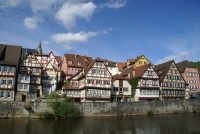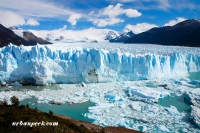Urgent Change Needed to Radiation Protection Policy (Jerry Cuttler, Health Physics Society)
13.Aug.2016Jerry Cuttler: Although almost 120 years of medical experience and data exist on human exposure to ionizing radiation, advisory bodies and regulators claim there are still significant uncertainties about radiation health risks that require extreme precautions be taken. In the `950s, without scientific evidence, the Natitonal Academy of Sciences Biological Effects of Atomic Radiation (BEAR) Committee recommended that the linear no-threshold (LNT) model be used to assess the risk of radiation-induced mutations in germ cells and the risk of cancer in somatic cells.
Jerry Cuttler, James Welsh - A world-wide radiation health scare was created in the late 1950s to stop the testing of atomic bombs and block the development of nuclear energy. In spite of the large amount of evidence that contradicts the cancer predictions, this fear continues. It impairs the use of low radiation doses in medical diagnostic imaging and radiation therapy. No predictions of excess cancer risk should be made for an acute exposure below 50 rem, or 0.5 Sv until there is scientific evidence to support the LNT hypothesis.
Jerry Cuttler, a leading nuclear scientist, summaries research from around the world and shows that the beneficial radiation effects contradict the Linear No-Threshold Hypothesis cancer predictions.
Nuclear radiation fear The linear no threshold theory is wrong (Jerry Cuttler) (Nuclear Africa)
16.Sep.2015Jerry Cuttler: At Fukushima, the radiation levels in the evacuated areas were within the range of naturally occurring radiation. No adverse effects at those higher doses have ever been observed. The precautions taken to avoid highly questionable hypothetical health risks that are have proved to be very harmful themselves.












